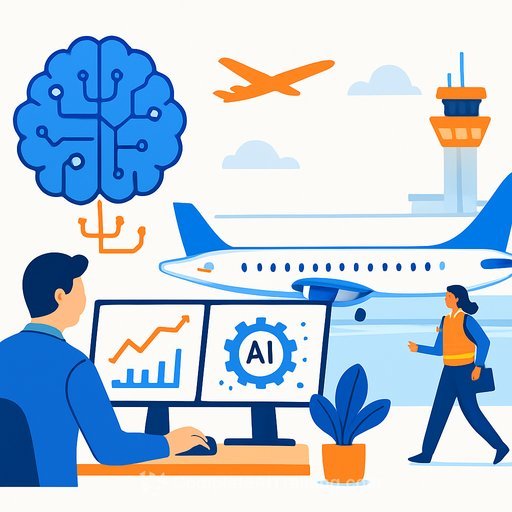Microsoft’s Workforce Shift Focuses on Operations Amid AI Competition
Microsoft has kept its global workforce steady at around 228,000 employees over the past year. However, this stable number conceals a major reshuffling of roles within the company. Recent filings show a reduction in product research and development (R&D) roles, balanced by an increase in operations positions. This change points to a deliberate move to optimize operational efficiency as Microsoft pushes deeper into artificial intelligence (AI) and cloud services.
The company trimmed thousands of R&D jobs while adding a comparable number of operations staff, reflecting a shift in where Microsoft is placing its bets. This realignment supports cost control efforts and prioritizes scaling up AI infrastructure to compete with Amazon and Google.
Operations Take Center Stage as Priorities Shift
Following several rounds of layoffs in 2025, including about 9,000 jobs cut in July, Microsoft’s leadership emphasizes streamlining and flattening management layers. While Azure cloud revenue continues to grow, the focus on operations roles—such as supply chain management, data center operations, and support—is clear.
This operational focus suggests Microsoft is entering a phase where deploying AI tools effectively at scale matters as much as developing new technology. Although reducing R&D positions might slow innovation in some areas short term, the added operational capacity could speed up AI adoption across enterprise clients.
AI Investment Drives Workforce Realignment
Microsoft has laid off more than 15,000 employees this year, balancing workforce cuts with a $4 billion investment in AI workforce development. CEO Satya Nadella has publicly acknowledged the difficulties these changes bring, highlighting efforts to reskill staff in AI-related skills.
Critics worry that cutting creative and engineering roles may limit breakthrough innovations over time. Still, the net increase in operations roles maintains overall headcount while shifting skill sets within the company.
What This Means for Operations Professionals
Microsoft’s move signals a broader industry trend: operational scalability is becoming as critical as innovation. The company is encouraging employees to upgrade their AI skills, transforming some sales roles into “solutions engineering” positions that integrate machine learning.
Operations professionals can expect growing opportunities in areas like supply chain optimization, data center efficiency, and AI support functions. Upskilling in AI tools and processes will be key to staying relevant as Microsoft and others continue integrating AI into their operations.
For those interested in advancing AI skills relevant to operations roles, exploring specialized training can be valuable. Resources like Complete AI Training’s courses by job offer practical learning paths tailored to operational careers.
Looking Ahead: Balancing Efficiency and Innovation
Microsoft’s President Brad Smith has described the layoffs as part of managing a major transition in tech. Support initiatives for affected employees are in place, but the shift highlights the challenges tech companies face when reorganizing talent during rapid AI adoption.
As Microsoft continues to integrate AI across its services, the company’s operational focus could provide an advantage in delivering solutions at scale. However, the balance between cutting R&D and expanding operations will be critical to watch in future quarterly results.
Operations professionals will play a central role in this evolving landscape, where efficient execution of AI initiatives is just as important as the technology itself.
Your membership also unlocks:






